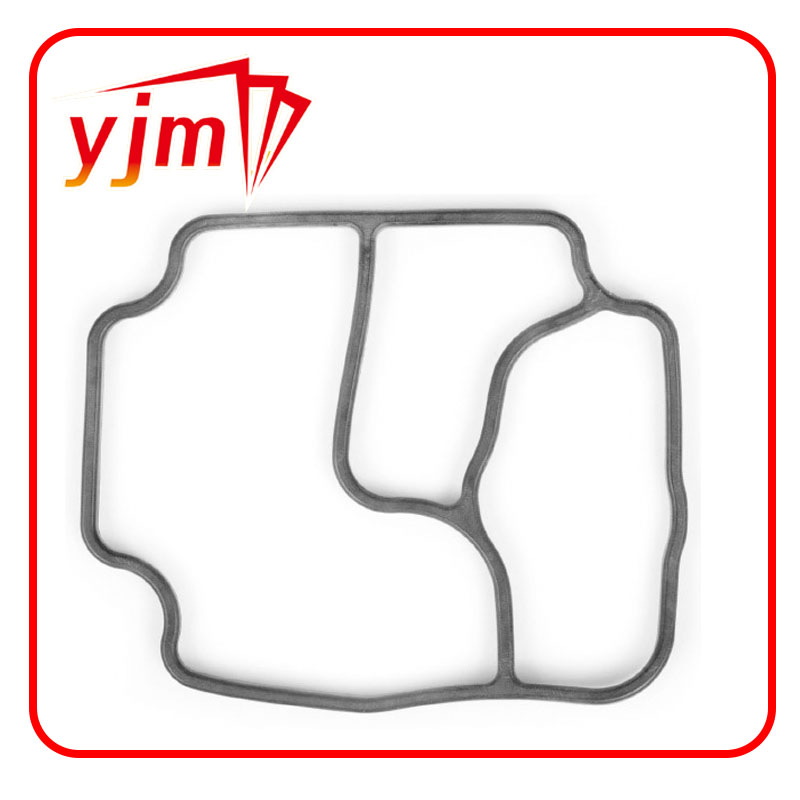power steering reservoir cap seal
Understanding Power Steering Reservoir Cap Seal
The power steering system in modern vehicles is essential for smooth and effortless steering. At the heart of this system lies the power steering reservoir, which holds the hydraulic fluid that enables the steering mechanism to function. One critical component of this reservoir is the cap seal, a seemingly small part with significant implications for the overall performance of your vehicle's steering system.
The Role of the Power Steering Reservoir Cap Seal
The power steering reservoir cap seal serves as a barrier that prevents hydraulic fluid from leaking out of the reservoir. It ensures that the system remains pressurized, which is crucial for the effectiveness of power-assisted steering. When you turn the steering wheel, the power steering pump circulates hydraulic fluid, enabling the steering gear to operate smoothly. A compromised cap seal can lead to fluid leaks, which can diminish the power steering's efficiency and lead to a host of issues, including increased steering effort and potential system failure.
Signs of a Worn or Damaged Cap Seal
Over time, the rubber or plastic material of the cap seal can degrade due to exposure to heat, moisture, and the chemical properties of the hydraulic fluid. Common signs of a worn or damaged power steering reservoir cap seal include
power steering reservoir cap seal

1. Fluid Leaks One of the most obvious indications of a faulty seal is the presence of hydraulic fluid pooled beneath the vehicle. If you notice fluid leakage, check the reservoir and its cap seal for any cracks or deterioration.
2. Difficulty Steering If the steering feels heavy or unresponsive, it may indicate that the power steering system is low on fluid due to a leak. This condition can compromise vehicle control and safety.
3. Whining Noise A whining sound while turning the steering wheel can indicate that the power steering pump is struggling due to insufficient fluid levels, often a result of a compromised cap seal.
Maintenance and Replacement
Regular maintenance of your vehicle’s power steering system is crucial to prevent issues associated with the cap seal. During routine vehicle inspections, it’s essential to check for any signs of fluid leaks and ensure that the reservoir cap is secured properly. If you notice any issues, replacing the power steering reservoir cap seal is usually a straightforward and cost-effective solution.
In conclusion, while it may seem minor, the power steering reservoir cap seal plays a critical role in the functioning of your vehicle's steering system. By ensuring it remains intact and regularly inspecting for wear, you can maintain the efficiency and safety of your vehicle, making your driving experience much more enjoyable. Regular attention to this small yet vital component can save you from more significant and costly repairs down the road.
-
The Ultimate Guide to Boat Propeller Bearings and Trailer Wheel Bearings
News Jul.31,2025
-
The Essential Guide to Marine Bearings and Boat Trailer Wheel Bearings
News Jul.31,2025
-
The Complete Guide to Heavy Duty Seals: Protecting Doors and Spaces Efficiently
News Jul.31,2025
-
Essential Guide to Marine Shaft Bearings and Boat Trailer Axle Bearings
News Jul.31,2025
-
Comprehensive Guide to Marine and Trailer Bearings for Safe Boating and Transport
News Jul.31,2025
-
Comprehensive Guide to Automotive Oil Seals: Protecting Your Engine and Shafts
News Jul.31,2025
-
Understanding Automotive Oil Seals: Essential Components for Engine and Shaft Protection
News Jul.30,2025
Products categories















